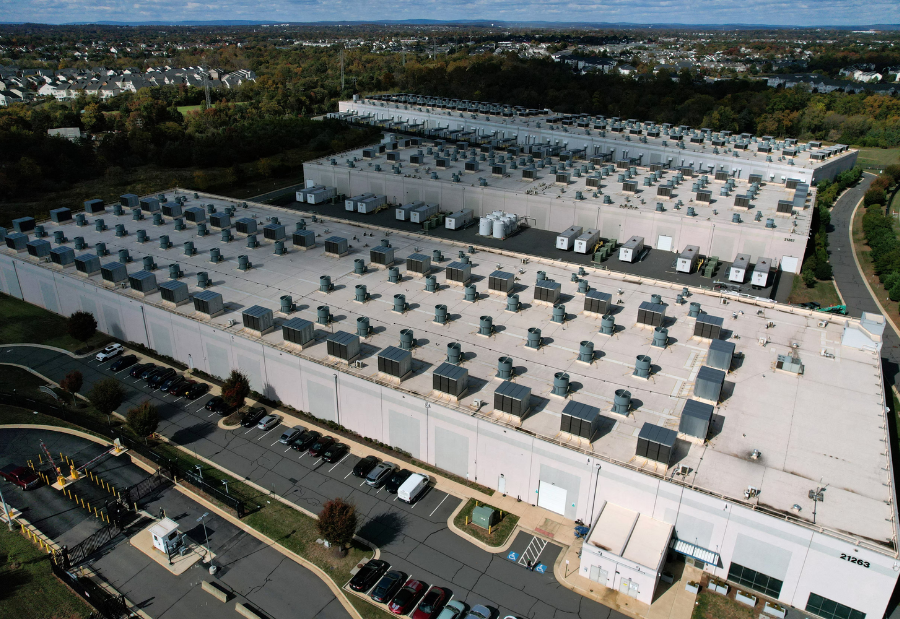The global boom in artificial intelligence has lifted stock markets to record highs, but the data centres driving this revolution are increasingly being built using complex debt structures. Analysts and investors are closely watching for signs of financial risk as borrowing surges across the sector.
Supporters argue that, unlike the dotcom bubble of the 1990s, this AI wave is fuelled by profitable, cash-rich companies with clear business models. However, some financial observers, including the Bank of England, warn that risk is accumulating in less transparent corners of the market tied to illiquid assets.
Here are five key trends showing how debt is shaping the AI infrastructure race.
1. Investment-grade borrowing surges
Data from a major U.S. bank shows that AI-focused technology companies issued around 75 billion dollars in investment-grade debt in September and October alone, more than twice the average annual level seen between 2015 and 2024. The total included large issuances from Meta, Oracle, and Alphabet, along with a 38 billion dollar loan linked to Oracle’s Vantage data centres.
Although this accounts for just 5% of the 1.5 trillion dollars in total U.S. investment-grade debt issued this year, analysts say AI-related borrowing will play a major role in future credit market supply. Some deals are structured in hybrid forms, such as Meta’s 27 billion dollar financing with a private investment firm that keeps the debt off its balance sheet.
2. Oracle’s credit risk climbs
Oracle’s shares have jumped 54% in 2025, their best annual rally in over two decades, fuelled by AI growth. Yet, a rise in its credit default swaps suggests investors are concerned about its growing debt burden.
3. AI-linked ‘junk’ bonds grow
AI financing is also expanding into the high-yield bond market. Bitcoin miner turned data centre operator TeraWulf issued a 3.2 billion dollar high-yield bond, while AI cloud firm CoreWeave raised 2 billion dollars earlier this year.
4. Private credit steps in
Private lenders, including investment firms, are now major players in AI infrastructure financing. One leading bank estimates that private credit loans linked to AI nearly doubled in the past year and could provide over half of the 1.5 trillion dollars needed for data centre projects through 2028.
5. Rise of asset-backed securities
Securitised products such as asset-backed securities are increasingly used to fund AI projects. These instruments package rent or loans into tradable securities. Though digital infrastructure makes up only 5% of the 1.6 trillion dollar ABS market, it has expanded eightfold in five years and is expected to reach 115 billion dollars by the end of next year.
Also read: Viksit Workforce for a Viksit Bharat
Do Follow: The Mainstream formerly known as CIO News LinkedIn Account | The Mainstream formerly known as CIO News Facebook | The Mainstream formerly known as CIO News Youtube | The Mainstream formerly known as CIO News Twitter
About us:
The Mainstream formerly known as CIO News is a premier platform dedicated to delivering latest news, updates, and insights from the tech industry. With its strong foundation of intellectual property and thought leadership, the platform is well-positioned to stay ahead of the curve and lead conversations about how technology shapes our world. From its early days as CIO News to its rebranding as The Mainstream on November 28, 2024, it has been expanding its global reach, targeting key markets in the Middle East & Africa, ASEAN, the USA, and the UK. The Mainstream is a vision to put technology at the center of every conversation, inspiring professionals and organizations to embrace the future of tech.




